< Back
Positive Hack Days Fest
- My role in the project:Lead-product designer Together with the project manager, I am responsible for the entire project. I am leadind UX/UI designer and illustrator
- My tasks:CJM Research
Hypothesis Prototype
Design System
UX/UI - Team:Project manager
UX/UI designer
Illustrator
UX researcher
Сopywriter
Developers (web and mobile) - Year:2024
What?
The largest international cybersecurity festival. Initially, it was an event exclusively for professionals, but now it includes a free educational program for the general public. The festival takes place offline over several days, spanning multiple venues. It also features an online broadcast.
Challenge
👨👩👦👦 Engage the general public in the festival.
Show them entertainment activities and provide knowledge through fun experiences.
Demonstrate opportunities for both audiences.
👨💻 Provide professionals with a convenient and functional tool.
A user-friendly schedule of talks, venue navigation, speaker profiles, and a comprehensive list of opportunities.
Show them entertainment activities and provide knowledge through fun experiences.
Demonstrate opportunities for both audiences.
👨💻 Provide professionals with a convenient and functional tool.
A user-friendly schedule of talks, venue navigation, speaker profiles, and a comprehensive list of opportunities.
- The festival’s branding changes annually, so the visual identity needs to be updated without redesigning the website.
- The festival’s requirements constantly evolve. The website must be adaptable, allowing information to be quickly updated or hidden as needed.
- Communicate to the audience that this is now a festival for everyone, with a dedicated section for professionals.
- The festival features an extensive program with over 600 sessions covering various topics, formats, and speakers. The schedule should be designed for easy navigation.
Discovery
Quantitative and qualitative research has been conducted.
Research Findings:
Research that have been conducted:
Google Analytics and Yandex Metrica. Survey on the website during and after the festival. Detailed survey via email.
Research Findings:
- Both audience groups struggle to differentiate between the sections for professionals and the general public. They don’t understand what content is available to whom. As a result, professionals end up in the free section.
- The program is vast (600+ talks), making navigation difficult.
- Users face challenges with site navigation, and many struggle to quickly find the pages they need.
Research that have been conducted:
Google Analytics and Yandex Metrica. Survey on the website during and after the festival. Detailed survey via email.
Solution
I created user personas, and I ended up with two main groups:
👨👩👦👦 Regular people (families with children, youth, students).
👨💻 Specialists (speakers, attendees, business representatives, students from professional universities).
I divided the website into two themes: dark and light. The main theme became white – this is the free part of the festival for everyone who wants to gain basic knowledge and have fun. The dark theme represents the "Pro" section for professionals. They attend with tickets, speak at sessions, and network for business purposes. The "Pro" section became an addition to the festival, with links from the main light section. When switching between color themes on the website, it’s clear which part the user is in.
In the website design, I removed all decorative elements, keeping only a minimalist approach with a minimal color palette. This way, brand images can be easily replaced when the festival's branding changes without altering the website’s design. For icons, status illustrations, and other technical images, I used a unified linear illustration style that matches the website's style and doesn’t change when the festival's branding style is updated.
👨👩👦👦 Regular people (families with children, youth, students).
👨💻 Specialists (speakers, attendees, business representatives, students from professional universities).
I divided the website into two themes: dark and light. The main theme became white – this is the free part of the festival for everyone who wants to gain basic knowledge and have fun. The dark theme represents the "Pro" section for professionals. They attend with tickets, speak at sessions, and network for business purposes. The "Pro" section became an addition to the festival, with links from the main light section. When switching between color themes on the website, it’s clear which part the user is in.
In the website design, I removed all decorative elements, keeping only a minimalist approach with a minimal color palette. This way, brand images can be easily replaced when the festival's branding changes without altering the website’s design. For icons, status illustrations, and other technical images, I used a unified linear illustration style that matches the website's style and doesn’t change when the festival's branding style is updated.

Navigation
To simplify navigation, I created two versions:
To address this, we conducted A/B tests with both versions. The A/B test results showed that the bottom navigation did not cause any difficulties for users.
To simplify navigation, I created two versions:
- Placing all menu items inside a burger menu labeled "Menu."
- Implementing a bottom navigation bar on mobile, similar to apps, with key menu items as buttons and additional options under a collapsible “More” button.
To address this, we conducted A/B tests with both versions. The A/B test results showed that the bottom navigation did not cause any difficulties for users.
Program
The Pro section of the festival features over 600 talks, covering 15+ tracks, across 10 venues, with 600 speakers, over 4 days.
Participants in the Pro section actively use the program on the website—it's the most important page. However, with such a large amount of content, navigation can be challenging. To solve this, I developed a filtering system and multiple viewing options:
The Pro section of the festival features over 600 talks, covering 15+ tracks, across 10 venues, with 600 speakers, over 4 days.
Participants in the Pro section actively use the program on the website—it's the most important page. However, with such a large amount of content, navigation can be challenging. To solve this, I developed a filtering system and multiple viewing options:
- The program can be viewed by track (topic) or by location (venue).
- A track filter allows users to select specific tracks.
- The listing view displays maximum details in each session card.
- A table view offers a more compact format, making it easier to track sessions by time.
Map
There are more than 20 locations on the site. Some feature performances, while others feature interactive entertainment. To simplify navigation and to generate interest in the event, I created an interactive map with all the locations. The locations have a card with brief information, an audio guide and an internal page with a description of all the features, a program of performances, contests and photos of this location.
There are more than 20 locations on the site. Some feature performances, while others feature interactive entertainment. To simplify navigation and to generate interest in the event, I created an interactive map with all the locations. The locations have a card with brief information, an audio guide and an internal page with a description of all the features, a program of performances, contests and photos of this location.
